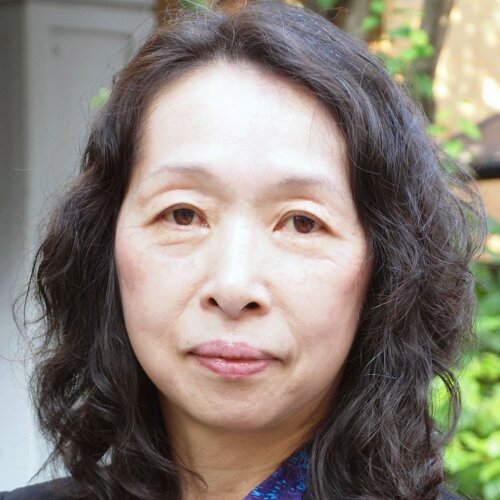Date: 6 Sept. 2023
Time: 4.00 - 5.00 pm
Location: University of Antwerp city campus, s.R.007 (Rodestraat 14, 2000 Antwerp)

“Were we born to play? Born to have fun? When I hear the cries of children playing, my body starts to swing.” It was a popular song sang and danced by a female itinerant performer at the residence of ex-emperor Goshirakawa, who recorded the lyric to publish. Ryōjin HIshō (c.1180) is the earliest anthology of popular songs in Japan.
The history of itinerant performers in Japan dates back to the Middle Ages. In the 8th century various forms of shows and musical instruments arrived from the Asian continent and were enjoyed at court. They were eventually popularized and performed by itinerant performers. Buddhism also arrived and a variety of performing arts were born as a part of the missionary activities. Etoki (explaining using pictures) was widely performed by itinerant low rank priests. Visually impaired men and women played an important role in spreading the art of reciting with instruments and ballads, under public protection in one way or another. Female itinerant performers, who were connected to temples or shrines, were common and known for their popular songs and dances; the best performers were even invited to the nobles’ residences. From early on networks for the circulation of itinerant performers developed nation-wide, which later involved the yakuza in some cases because of the territory issues.
These arts of puppet, song and dance, mimicry, and storytelling developed into Bunraku, Noh, Kyōgen and Kabuki toward the end of the Middle Ages. As the Western optical entertainments were brought by the Dutch to feudal Japan, new species of itinerant showbusiness such as street peepshows and utsushi-e magic lantern shows became popular. Later in the late 19th century 'modern' entertainment such as the cinema were shown by itinerant showmen. They had to cope with the pre-modern system until the permanent cinema palaces were built in every town.
About Machiko Kusahara
Machiko Kusahara is a scholar in media studies who focuses both on media art and on media archaeology. Her texts on visual culture, such as on the magic lantern and panorama, as well as on media art including Device Art, have been published internationally and in seven languages. Her most recently published texts include: "The panorama in Meiji Japan: horizontal and vertical perspectives", published as a chapter in the Early Popular Visual Culture journal in February 2022. Kusahara taught at Tokyo Polytechnic University (Tōkyō Kōgei Daigaku), Kobe University, UCLA and Waseda University. She is professor emerita at Waseda University (Tokyo) and holds a PhD in engineering from the University of Tokyo.